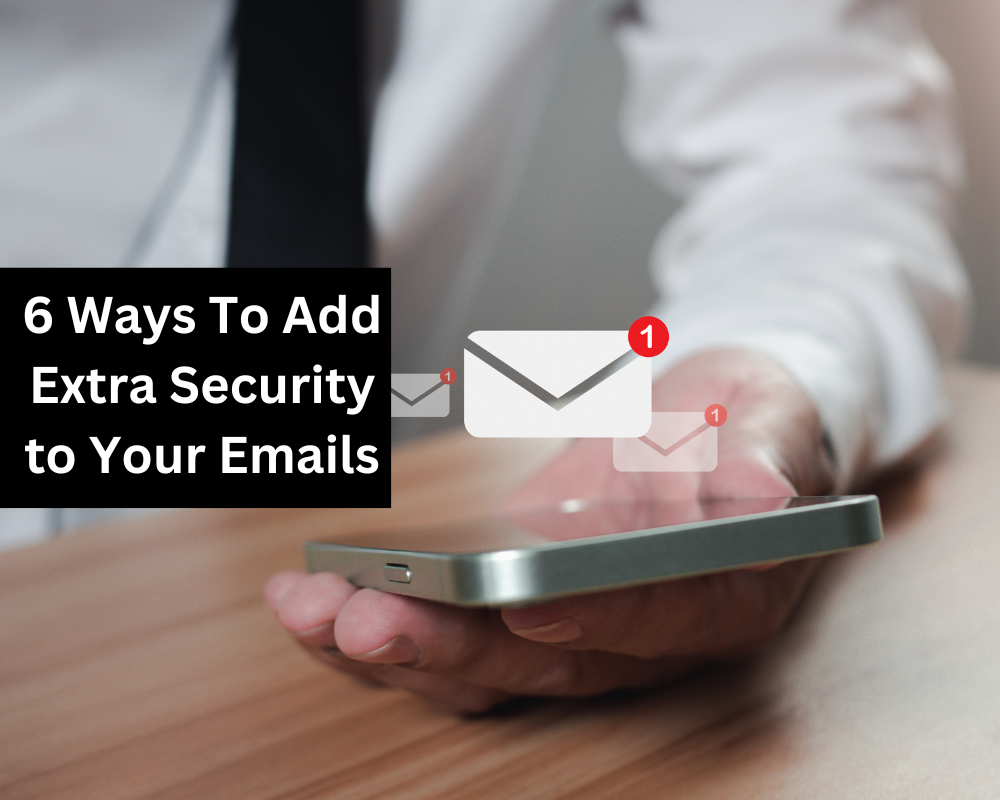As a business or medical practice, you want to take proactive steps to safeguard sensitive information and maintain the privacy of your interactions. Enhancing secure emails helps protect your sensitive information from unauthorized access. Here are some practical ways to add extra security to your emails:
Use Strong, Unique Passwords
The cornerstone of securing your email depends on a robust, distinctive password. Avoid ordinary words or expressions and incorporate a blend of capital and small letters, numerals, and unique symbols. Using a password manager to create and store intricate passwords helps to safeguard your emails. It’s advisable to change passwords quarterly and to dissuade the habit of reusing passwords for separate accounts.
Enable Two-Factor Authentication
Two-factor authentication adds an extra layer of security by requiring a second form of verification. This could be a code sent to your mobile device or a biometric scan. Making it more challenging for hackers to gain access even if they manage to obtain your password. By enabling 2FA to secure emails, you reduce the risk of unauthorized access even if your password is compromised. Most email providers offer 2FA as an optional security feature.
Regularly Update Your Software
Cyber threats are constantly evolving, and so is the software designed to combat them. Always have your email service, web browser, and operating system up to date with the latest security patches and updates. Software developers frequently release updates that fix vulnerabilities, making it harder for hackers to exploit them. Have your email client set to update automatically, or at the very least, implement a strict update policy.
Use Secure Email Protocols
Employ secure email protocols such as Transport Layer Security to encrypt the communication between mail servers. TLS helps guarantee that your emails are transmitted securely and prevents eavesdropping during transit. Implementing these protocols protects the privacy of communications and helps establish trust between the sender and the recipient, a helpful component in maintaining professional relationships in the digital age.
Use Encrypted Email Services
Encryption is a powerful tool in protecting your email content from unauthorized access. Encrypted email services encrypt messages from when they are sent until the recipient decrypts them. This guarantees that even if intercepted, the contents of the email remain unreadable to anyone other than the intended recipient. Look for email providers that offer end-to-end encryption as a feature and use encrypted email services, especially for sensitive communications.
Read: How the Rise of PayTech is Reshaping the Payments Landscape
Develop an Incident Response and Recovery Plan
Even with strict security measures, the possibility of a breach cannot be entirely ruled out. This plan outlines specific steps for identifying, responding to, and recovering from an email security incident. It should detail communication protocols to inform stakeholders and affected parties without causing unnecessary alarm. Rehearsing this plan guarantees that your team is well-prepared to mitigate the damage swiftly and efficiently when an incident occurs.
Switch To Secure Emails
Implementing these measures helps enhance the security of your email communications and reduce the risk of unauthorized access or data breaches. Prioritizing email security helps safeguard your personal and professional information in today’s interconnected digital landscape. Email security is an evolving process, so stay informed, be vigilant, and adopt a proactive approach to protect your digital communications.

